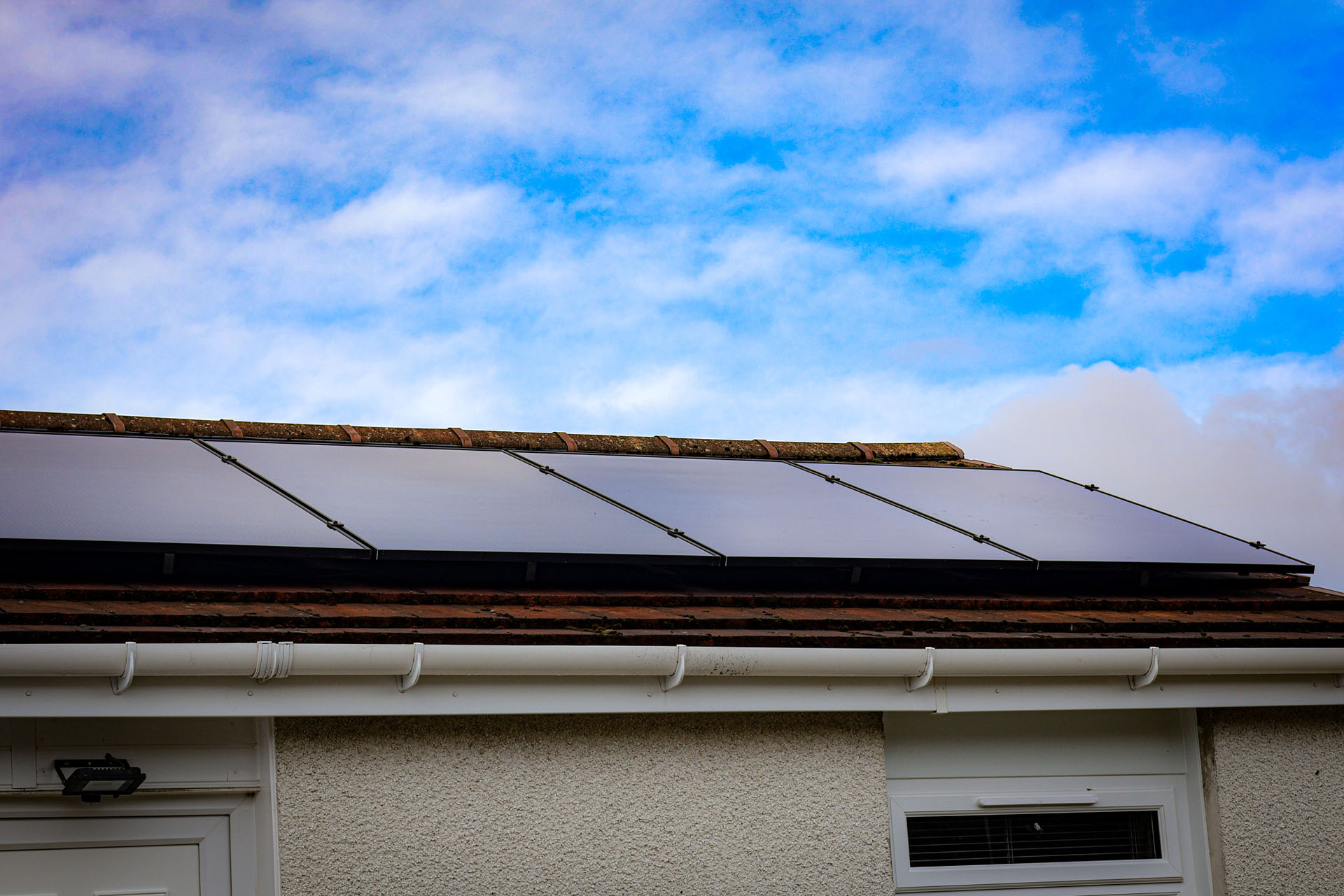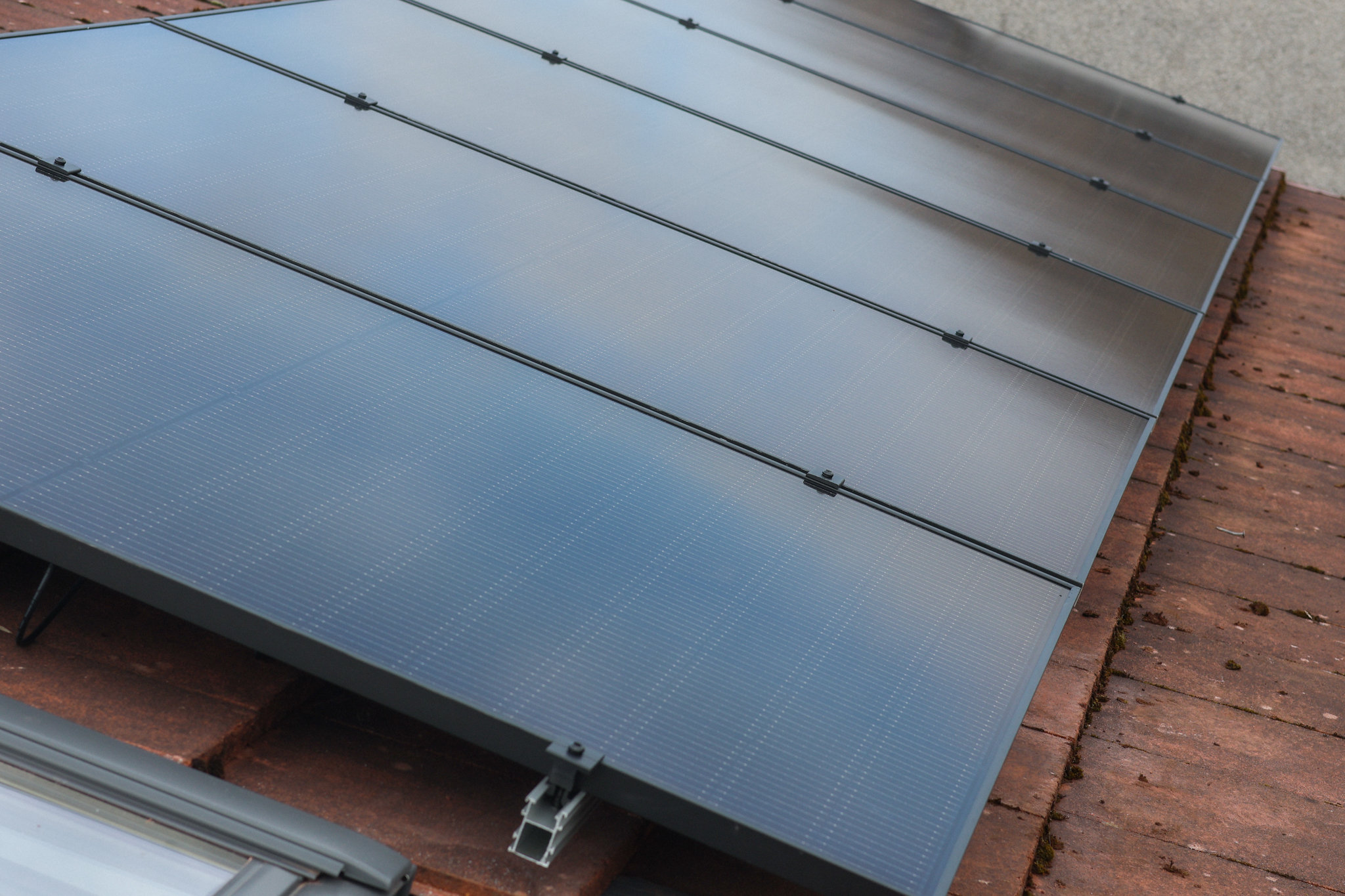Introduction
Harnessing the power of the sun is one of the most effective ways to generate clean, renewable energy. However, maximising the efficiency of solar energy systems can be challenging due to the intermittent nature of solar power. This is where battery storage solutions come into play. By integrating battery storage with solar energy systems, we can significantly enhance the efficiency and reliability of solar power, ensuring a steady energy supply even when the sun isn’t shining.
Understanding Solar Energy Systems
Components of a Solar Energy System
A typical solar energy system consists of several key components: solar panels, an inverter, a charge controller, and often a battery storage system. The solar panels capture sunlight and convert it into electricity, which is then processed by the inverter to produce a usable alternating current (AC) for your home or business.
How Solar Panels Work
Solar panels work by using photovoltaic cells to convert sunlight into direct current (DC) electricity. When sunlight hits these cells, it excites electrons, creating an electric current. This DC electricity is then sent to an inverter, which converts it into AC electricity suitable for use in homes and businesses.
The Limitations of Solar Power Generation
While solar panels are highly effective at generating electricity during daylight hours, their efficiency drops significantly when the sun sets or during cloudy weather. This intermittency means that without an effective storage solution, solar energy systems cannot provide a continuous power supply.
The Need for Battery Storage Solutions
Intermittency of Solar Power
One of the primary challenges of solar energy is its dependency on daylight. Battery storage systems help address this issue by storing excess energy generated during peak sunlight hours for use during periods of low or no sunlight. This ensures a more consistent and reliable energy supply.

Peak Energy Demand vs. Solar Energy Production
Often, peak energy demand occurs in the evening when solar energy production is minimal. Battery storage allows solar energy systems to store excess energy produced during the day and release it during peak demand periods, effectively balancing energy supply and demand.
Benefits of Energy Storage
Incorporating battery storage into solar energy systems offers several benefits, including increased energy independence, reduced reliance on the grid, enhanced energy security, and potential cost savings on energy bills.
How Battery Storage Enhances Solar Energy Efficiency
Energy Storage and Grid Independence
Battery storage systems enable greater grid independence by allowing solar energy systems to operate off-grid or in a grid-tied configuration with reduced reliance on the grid. This is particularly valuable in remote areas or regions with unstable power grids.
Enhancing Power Reliability
Battery storage systems provide backup power during outages, ensuring a continuous energy supply. This enhances the reliability and resilience of solar energy systems, making them more dependable for both residential and commercial users.
Selecting the Right Battery Storage for Your Solar System
Factors to Consider
When selecting a battery storage solution for your solar energy system, several factors need to be considered:
- Capacity: The amount of energy the battery can store.
- Efficiency: The percentage of stored energy that can be retrieved.
- Cost: The upfront and long-term costs of the battery.
- Lifespan: The expected operational life of the battery.
Installation and Maintenance of Battery Storage Systems
Installation Process
Installing a battery storage system involves connecting the battery to your solar energy system and configuring it to store and release energy as needed. This process should be carried out by a qualified professional to ensure safety and optimal performance.

Safety Considerations
Safety is paramount when dealing with battery storage systems. Proper ventilation, temperature control, and adherence to manufacturer guidelines are essential to prevent accidents and ensure the longevity of the system.
Regular Maintenance Tips
Regular maintenance of battery storage systems includes checking for signs of wear and tear, ensuring connections are secure, and monitoring the system’s performance. For lead-acid batteries, maintenance also involves checking and topping up electrolyte levels.


